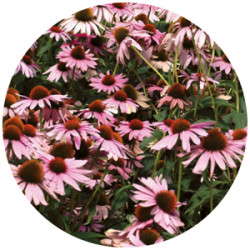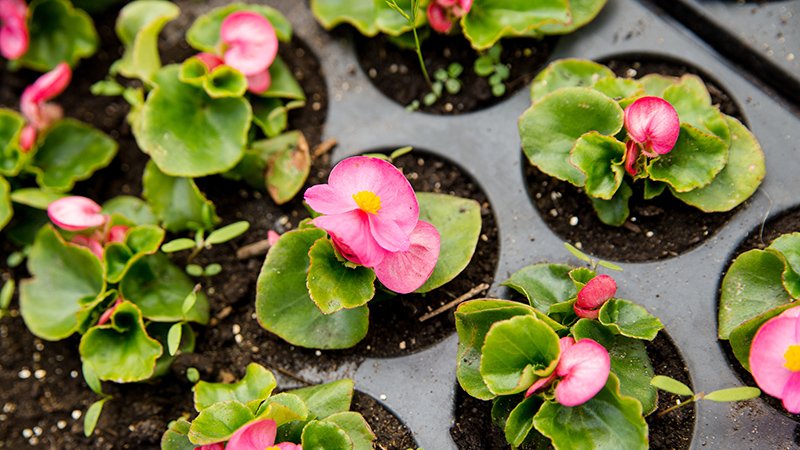The Issue of Nativars

Just a few columns ago, I suggested we all need to seriously consider the issue of native plants. I said we should be telling people many of the plants we already grow are American natives, or at least make a Native Plant heading on your availability list. The desire to use natives is no longer a fad.
The movements to ecological awareness, to gardening as a lifestyle — not an activity — and the need to make gardening more of a feel-good experience are washing over us. A subset of the feel-good experiences is the desire to include more native plants in American landscapes and gardens. Great performing plants and native plants are not at all exclusive.
Why would I suggest that you can get into trouble if you grow natives? It comes down to peoples’ very different definitions of a native plant. There are often two big questions when a fight breaks out about native plants.
The first that always rears its head is, “What do you mean by native?” Native to your county, your state, your region or your country? Native when Columbus sailed the ocean blue or when Erik the Red discovered Greenland in 986? For many people, this falls into the realm of politics and religion. For me, when I talk about natives, I define them as those plants that were on the North American mainland before the Europeans arrived. That’s my story and I am sticking to it. As for you, find a definition you are comfortable with and do the same.
The second is far more inflammatory. “Is a cultivar between two native species still a native?” Certainly, the answer is no to those who work in woodland or coastline reclamation or to those who want to plant native meadows or maintain purity of species. That is fine. There are many plants to choose from. However, what about my daughters, my design students, people in my audiences and my friends who want to use natives but need better garden performance than a species can provide? If we, as an industry, are ever going to get native plants into the mainstream, we have take advantage of the new breeding and selection in foam flowers, cone flowers and tickseeds. The promotion of cultivars is the only way we can help fill the desire to include native plants.
As a compromise between these two lines of thought, I suggest we call native cultivars and hybrids “nativars.” If we use this term, purists may not get as upset with us for stealing their plants and diluting the meaning of “native.” We will also reduce confusion and in fact provide additional value to the native moniker. Using nativars will in the long run enhance the native plant movement, regardless of how it is defined. They will also increase our ability to get good plants into the hands of those who want that feel-good reaction and not feel guilty in doing so.
According to native plant purists, cultivars just sully up the game plan. According to breeders of baptisias, monarda and phlox, purists are nothing but collectors. Don’t get into arguments, find your comfort level. Use or don’t use nativars. But understand one thing — the lifestyle movement is here to stay.









